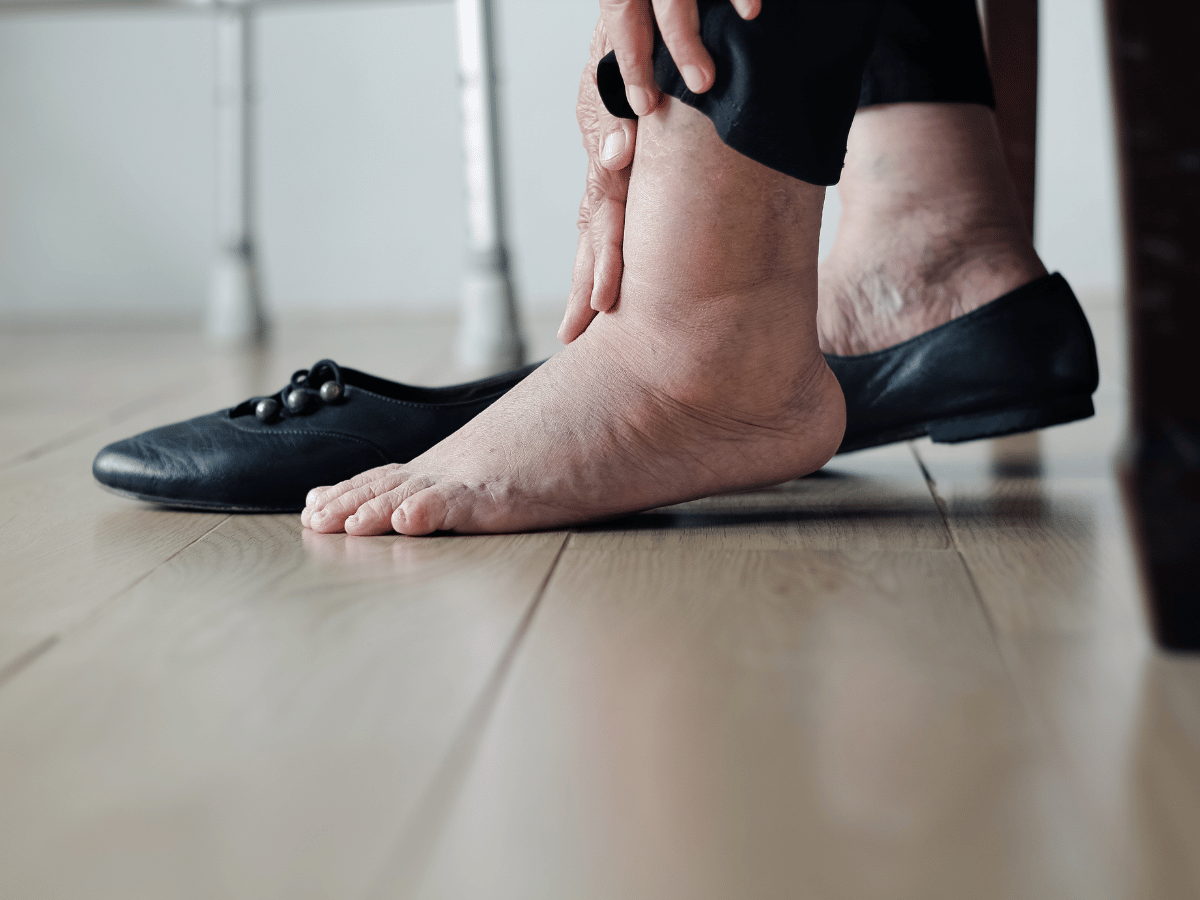
Our ankles are deceptively complex. They balance our entire body weight while allowing for flexibility, shock absorption, and mobility. Ankle disorders are any injuries or conditions that impair the joint’s function. These can range from acute injuries like sprains to long-term issues like arthritis. Whether you’re a weekend runner, a seasoned athlete, or someone navigating daily life, ankle health matters.
In South Florida, where active lifestyles are the norm, ankle injuries are all too common. The climate invites year-round outdoor activity, increasing the risk for overuse injuries, trauma, and degenerative changes in the ankle joint that can affect people of all ages.
Ankle sprains top the list as the most frequent musculoskeletal injuries. A sudden twist, be it from uneven terrain or a misstep, can overstretch or tear the ligaments stabilizing the ankle. Lateral sprains involving the outer ligaments are the most common.
Mild sprains may only need rest and support, but repeated sprains or poor rehabilitation can lead to chronic instability, a long-term issue we often see in people who rushed their recovery or didn’t seek care early.
The Achilles tendon connects your calf muscles to your heel bone. A rupture usually happens during explosive movements like jumping or running. You might hear a “pop” and feel as though you’ve been struck in the back of the ankle, it’s dramatic and sudden.
Achilles injuries require prompt diagnosis. While some cases can be managed conservatively, others demand surgical repair followed by structured physical therapy.
A fracture, or break in the bones of the ankle joint, often results from high-impact trauma, think falls, car accidents, or severe sports injuries. Fractures can involve the tibia, fibula, or talus bones.
Fractures aren’t always obvious. You might still be able to walk. That’s why imaging is vital when ankle pain persists after an injury. We’ve seen patients who delayed care, only for the fracture to heal improperly, leading to long-term complications.
Arthritis in the ankle, most commonly osteoarthritis, develops when cartilage deteriorates over time. Although less common than arthritis in hips or knees, ankle arthritis can still be debilitating. It often arises after repeated injuries or due to longstanding instability.
Symptoms include stiffness, swelling, and gradually increasing discomfort with movement. While surgery might eventually be required, early intervention with physical therapy and pain management can keep symptoms at bay for years.
Beyond sprains, ligament injuries may involve partial or complete tears, especially in athletes. Multi-ligament injuries, although rare, require surgical stabilization. Injuries that don’t heal correctly can cause joint looseness, pain, and reduced athletic performance.
Most ankle conditions arise from either sudden trauma or ongoing biomechanical stress. Common culprits include:
In South Florida, our active community, from beach volleyball players to retirees enjoying morning walks, faces unique risks. Sand, uneven trails, and prolonged standing in hospitality jobs are all risk factors.
How do you know whether that sore or swollen ankle is a minor nuisance or something more serious? Watch for these red flags:
Listen to your body. Persistent discomfort isn’t just part of getting older, it’s a call for expert evaluation.
Diagnosis begins with a detailed physical exam. We assess swelling, mobility, tenderness, and alignment. But imaging takes things further:
Sometimes, gait analysis or diagnostic ultrasound helps us understand how your foot and ankle mechanics might be contributing to the problem.
We believe in personalized treatment plans based on the level of injury, lifestyle goals, and long-term joint health.
For minor cases:
For more severe or chronic issues:
At South Florida Multispecialty, we offer comprehensive care for:
Each of these conditions requires a tailored plan, because every ankle, and every patient, is different.
Post-injury rehab isn’t a luxury, it’s essential. Physical therapy:
Our interdisciplinary rehab team customizes programs that evolve with your stage of recovery. We’ve helped competitive athletes and active grandparents alike regain full mobility and performance.
The best injury is the one that never happens. While not all injuries are avoidable, we can reduce risk with smart practices:
Correcting flat feet or overpronation through orthotics can also be game-changing for patients with chronic sprains or instability.
The most common causes include trauma from falls or twists, overuse in sports, biomechanical abnormalities, and underlying health conditions like arthritis.
If you can’t bear weight, notice swelling that doesn’t improve, or feel instability during movement, it's time to seek professional evaluation.
Physicians use X-rays for bones, MRIs for soft tissues like ligaments and tendons, and CT scans for complex injuries needing 3D imaging.
Initial care includes RICE therapy, followed by physical therapy to restore strength and function. More serious sprains may need bracing or surgery.
Yes. Untreated or recurrent injuries can lead to chronic instability, arthritis, and lasting pain, especially if healing is rushed or incomplete.
Physical therapy is crucial. It restores motion, improves strength and balance, and reduces the risk of re-injury.
Absolutely. Conservative care like medication, injection therapy, and physical therapy often delays or avoids surgery.
Strength training, supportive shoes, flexibility training, and addressing biomechanical issues through orthotics are key prevention strategies.
Your well-being is our top priority. Reach out today to discover how our dedicated team can support your health journey.
Have questions or want to learn more? Use the form below to get started!
Connect with South Florida’s trusted multispecialty care team and take control of your health with compassion and convenience.
©2025 South Florida Multispecialty Medical Group. All Rights Reserved.